Seventies comics and a revived appetite for rebellion
Aggressive, vivid and full of humour – David Pollock investigates our rekindled love for Seventies comics
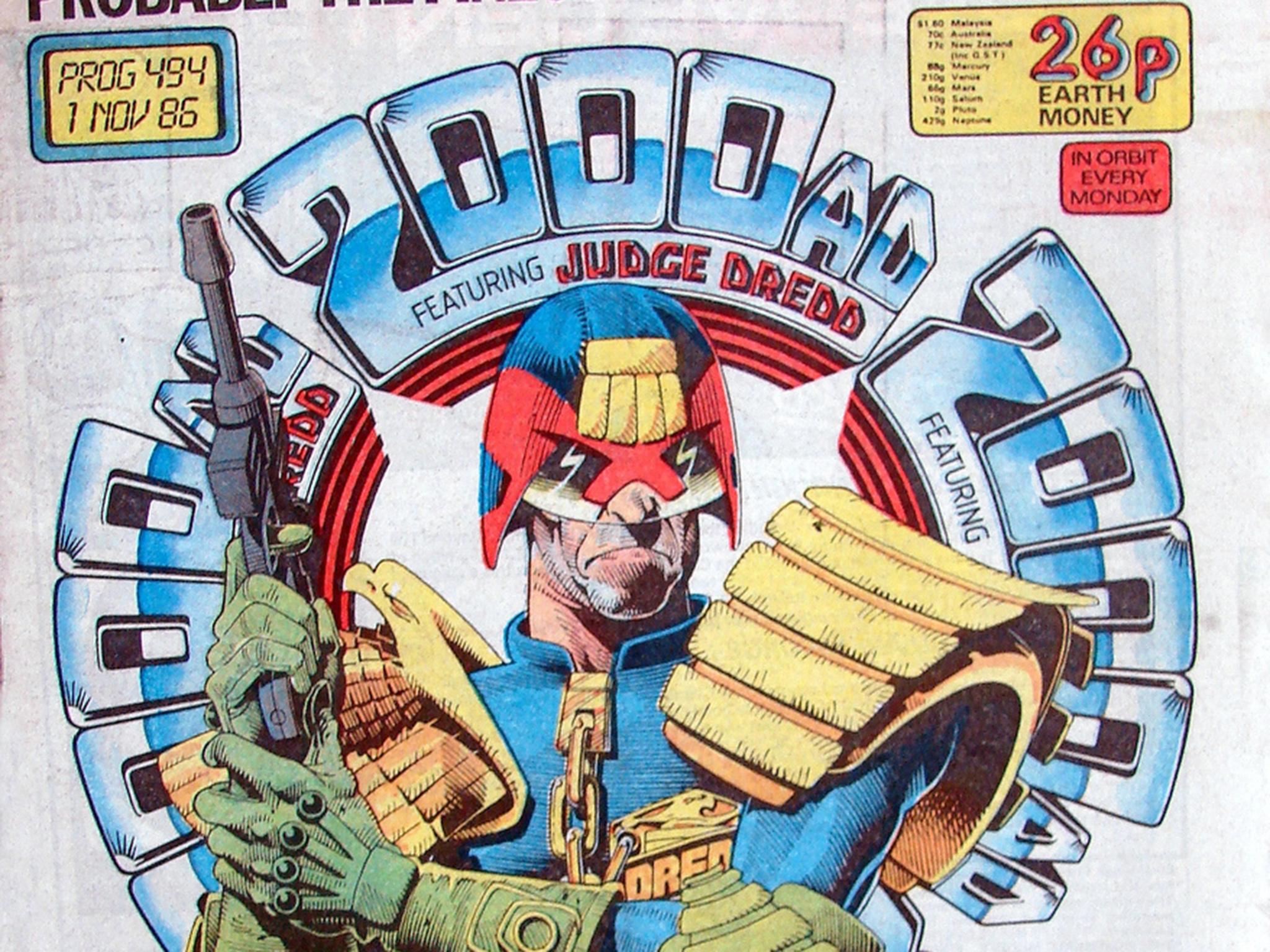
Your support helps us to tell the story
From reproductive rights to climate change to Big Tech, The Independent is on the ground when the story is developing. Whether it's investigating the financials of Elon Musk's pro-Trump PAC or producing our latest documentary, 'The A Word', which shines a light on the American women fighting for reproductive rights, we know how important it is to parse out the facts from the messaging.
At such a critical moment in US history, we need reporters on the ground. Your donation allows us to keep sending journalists to speak to both sides of the story.
The Independent is trusted by Americans across the entire political spectrum. And unlike many other quality news outlets, we choose not to lock Americans out of our reporting and analysis with paywalls. We believe quality journalism should be available to everyone, paid for by those who can afford it.
Your support makes all the difference.Anyone with a functioning knowledge of British comics in the past half-century has heard of 2000 AD, the self-styled “Galaxy’s Greatest Comic”, which launched in 1977 and gave birth to fascist future cop antihero Judge Dredd, the subject of a pulpy Sylvester Stallone movie adaptation in 1995 and 2012’s cult reboot from the team behind the films 28 Days Later, Sunshine and Ex Machina. What’s less well-remembered now, however, is the wealth of titles which ran alongside 2000 AD at the then-IPC Youth Group, which was sold collectively to Robert Maxwell as Fleetway Publications in 1987 and then on to the Danish media group Egmont upon Maxwell’s death in 1991.
Many of these titles are still familiar to many; the definitive football comic Roy of the Rovers; the hyperviolent Action, which ran for a little over a year from 1976 but earned questions in the House of Commons, the ire of censorship campaigner Mary Whitehouse and a television grilling for IPC’s head from Frank Bough; Battle Picture Weekly, which contained the vivid, punishing anti-war strip “Charley’s War”; horror comic Scream, with early work by iconic Watchmen creator Alan Moore; anachronistic but innovative “girls” comics like Tammy and Misty; and short-lived late-80s humour comic Oink!, which featured contributions from Private Eye and Viz cartoonists, sometime Fall bassist and BBC 6 Music host Mark Riley, and pre-fame Black Mirror creator Charlie Brooker.
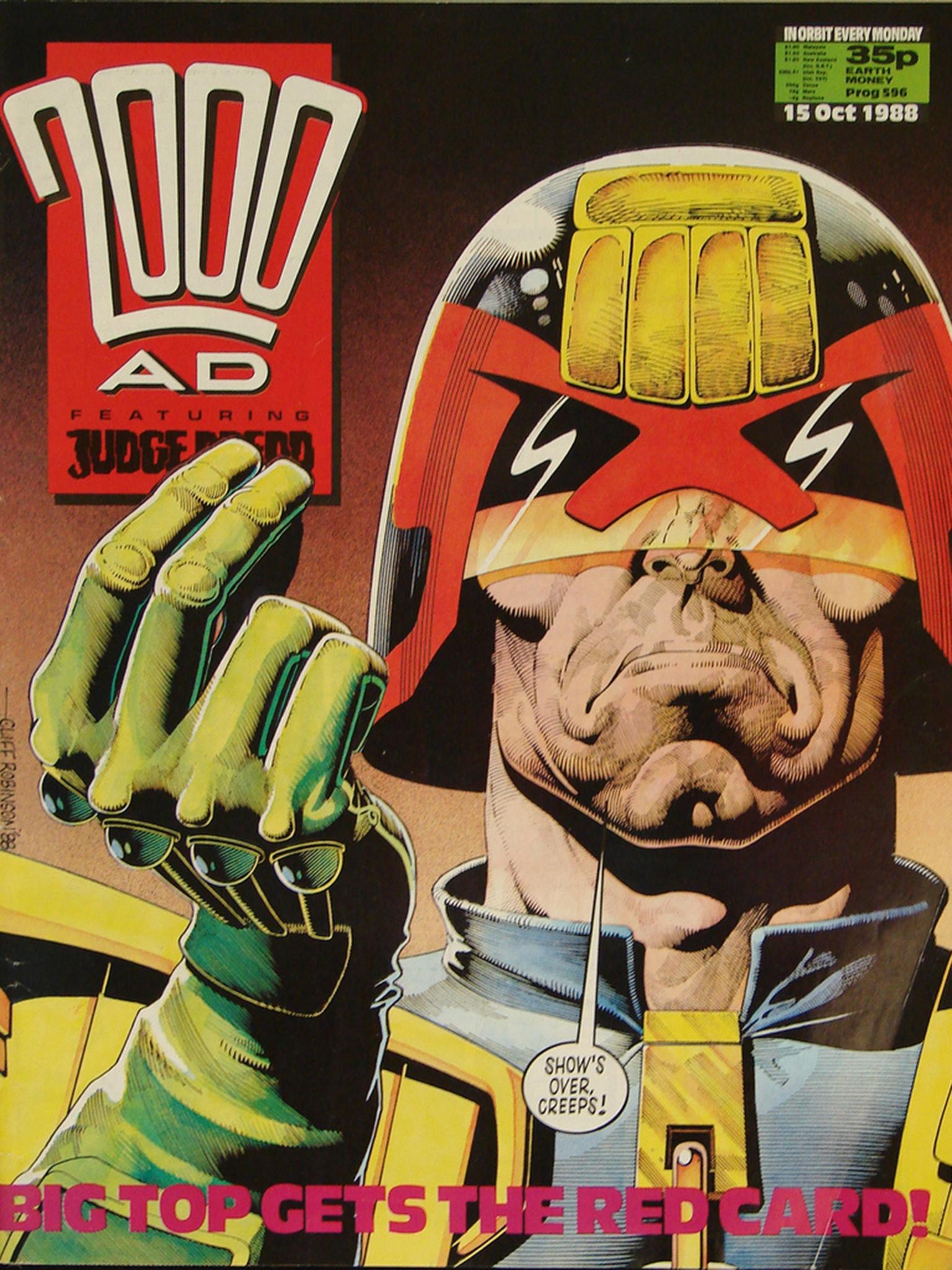
Where 2000 AD has flourished, still in weekly publication after nearly forty years and a formative influence upon filmmakers including Simon Pegg, Ben Wheatley and Alex Garland, many of these other titles have become dimly-remembered period curios. Until now, because in August the Oxford-based Rebellion Developments – which purchased 2000 AD from Egmont in 2000, and is also well-known for a computer games output including the Sniper Elite series – bought the entire IPC Youth Group catalogue from Egmont; more or less half of the British comics industry from 1970 until the early 1990s (Beano publisher DC Thomson and Marvel Comics’ modest UK wing were responsible for the rest).
At a time when comics, backed by the popularity of Marvel and DC’s movies, are enjoying a resurgence, with the sales of graphic novels increasing as the rest of the book publishing industry moves in the opposite direction, the warehousing of this huge vault of stories was hard to explain. Ben Smith, Rebellion’s head of book and comic publishing, first began to broker the deal eighteen months before it happened, when he approached Egmont about producing a collection of the Scream story “Monster” under license; he points out that this story – written by Moore and “Judge Dredd” co-creator John Wagner – remaining out of print was just one of many wasted opportunities.
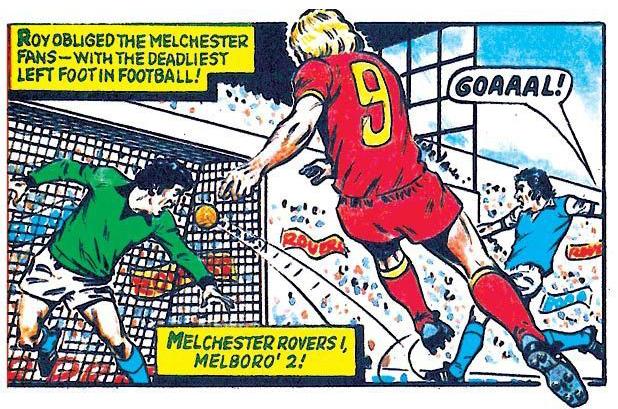
“It became clear that Egmont’s publishing programme had moved so far away from the time when the Fleetway material could play a significant part that the archive had perhaps begun to represent an encumbrance,” says Smith. “When [Egmont’s brands and licensing director] John Packard asked how we felt about Roy of the Rovers, it became clear the entire archive was potentially on the table for the right offer. I was excited but, to be realistic, the material wasn’t current and had already proven challenging. But Rebellion had turned 2000 AD around from being a failing comic to a glowing newsstand success and a bestselling graphic novel imprint, and it’s to Egmont’s credit that they recognised this and saw we could be the right home for the archive.”
Rebellion’s owners, brothers Jason and Chris Kingsley, were in agreement, and the sale was completed. It comprises dozens of titles and thousands of issues, including 853 issues of Roy of the Rovers and every one of Roy’s strips in Tiger going back to 1954; over 2,000 issues of Buster; over 1,000 issues of Whizzer and Chips; almost 700 issues of Tammy and 400 of Jinty; and many more. “We’re still waiting for the Egmont archive to be delivered to us,” says Rebellion graphic novels editor Keith Richardson. “I’ve been to look through it a couple times, though. It consists of bound copies of the various titles, original film and even some original artwork, and once it gets delivered we’re going to have a huge archiving job on our hands.”
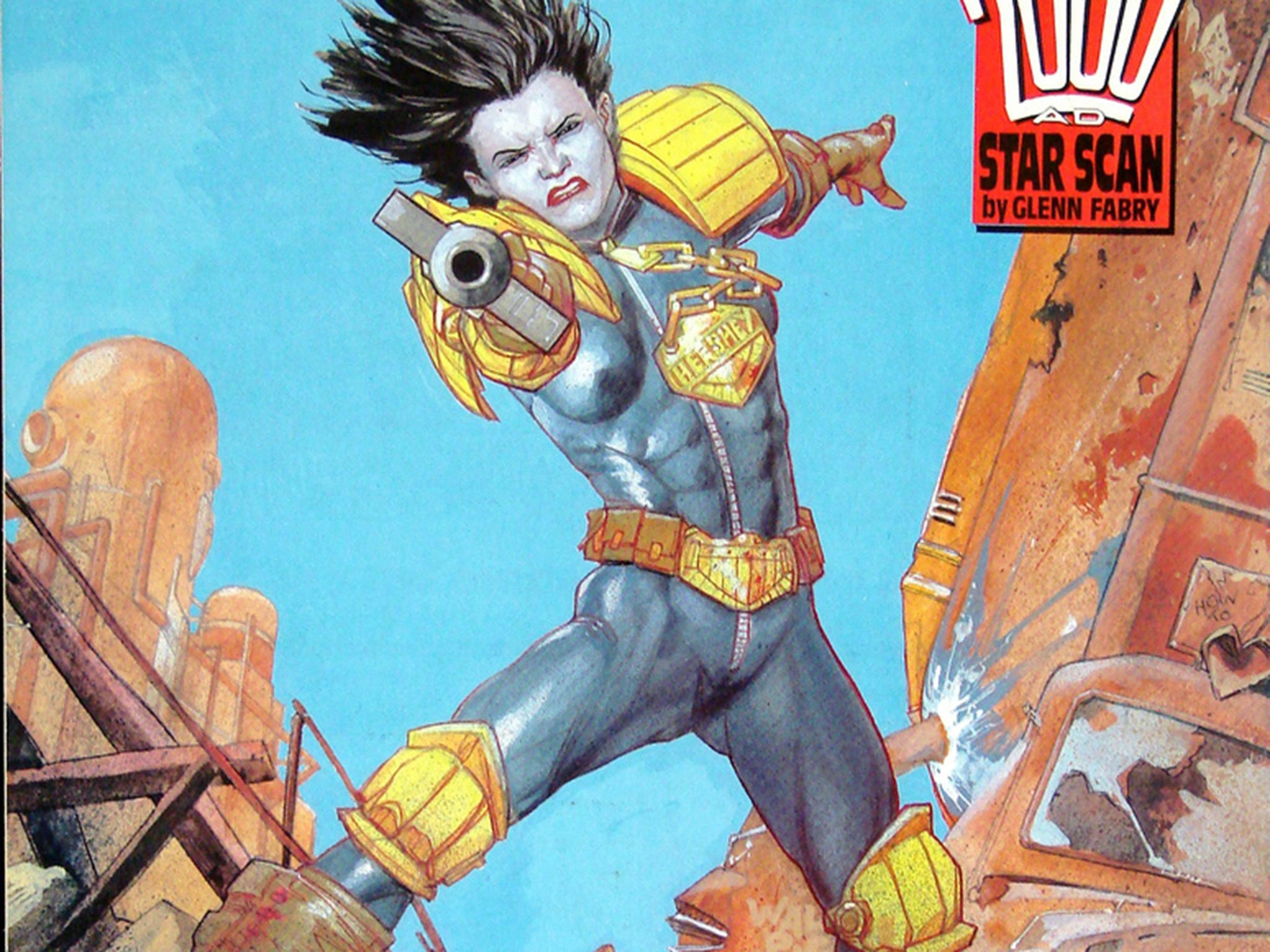
He’s already discovered some gems, including watchmen illustrator Dave Gibbons on the sci-fi strip “Zargar”, iconic British humour cartoonist Ken Reid’s “Faceache”, and proto-superhero strip “The Leopard from Lime Street”. The humour titles are a mixed bag – some are offensive by current standards, he says, but many are still genuinely funny – and the anachronistic nature of targeting titles only at “girls” is offset by the quality of the work in Misty, Tammy and Jinty. Richardson is keen to see forgotten female creators like Shirley Bellwood finally get their due.
“I think this sale is very positive, because Rebellion have an appetite for this material, they know what to do with it,” says 2000 AD and Action creator Pat Mills, still a prolific writer on the former title. “Much of the material is aggressive, working class or aimed at that difficult pre-teen age group which isn't understood or liked by many publishers; I say this from experience. There’s a void for this kind of work at the heart of popular culture at the moment. One journalist said to me, ‘Action spoke our language, that’s why the establishment hated it.’ It was punk like the Sex Pistols, reflecting anger at the oppression of youth.”
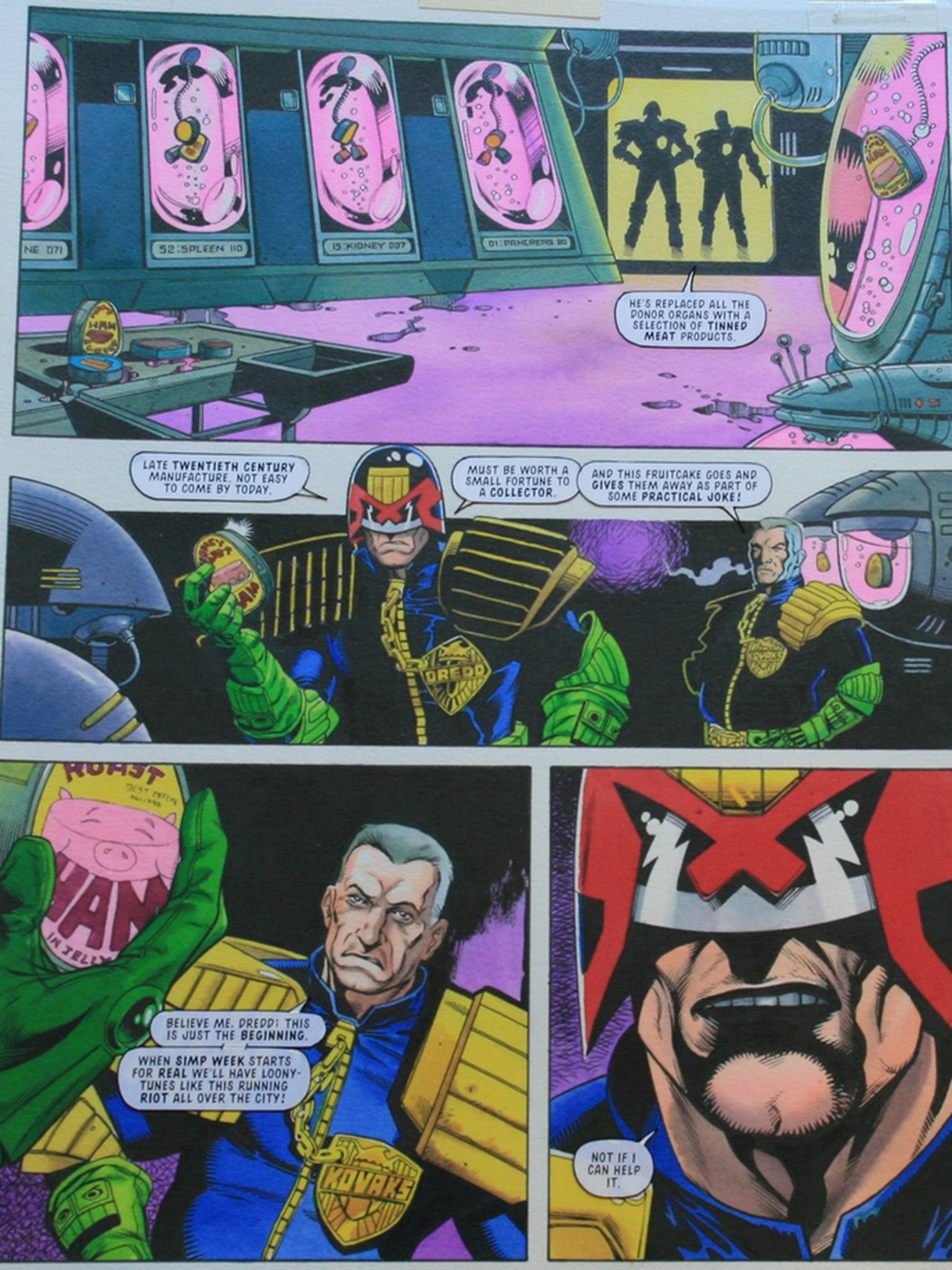
Mills’ work as a writer and editor has always been defiantly political and, while 2000 AD was the huge commercial success, Action was his most attention-grabbing creation. At the time, questions were asked because a cover featuring the anarchic “Kids Rule OK” strip appeared to show a policeman being beaten by a gang of youths; the result of a colouring error on the man’s clothing, says Mills. “I wanted a street level comic with black heroes, German soldier heroes, flawed heroes. Looking back, it was almost inevitable it would be banned because it requires great skill and commitment to outwit the media, who were circling it like wolves. Of course, there was the famous example of Frank Bough tearing Action up on television; given what happened to Bough later, that does seem rather ironic.”
Mills points out that girls’ comics often outsold boys’ by two to one, and that they often had the strongest stories too. A Misty collection was published by Rebellion prior to the sale and is selling well; Mills believes that the Upstairs, Downstairs-style “No Tears For Molly” from Tammy would appeal to an audience familiar with Downton Abbey, and that “Land of No Tears” from Jinty – in which a girl from today travels through time to an oppressive future where children are genetically selected to be elites – has a Hunger Games quality.
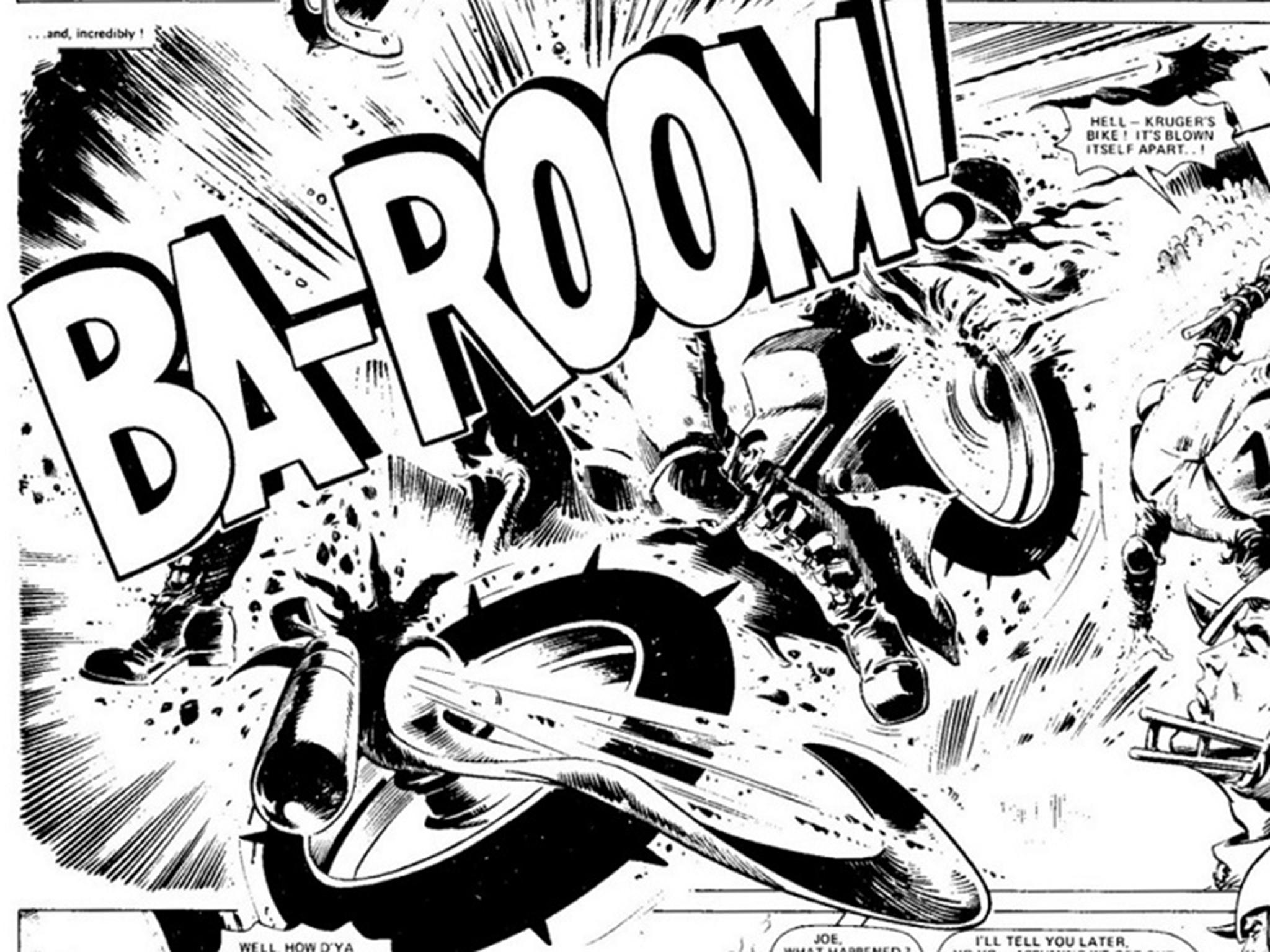
There are others he wants to see, as well, either as reprints or full reboots. “Death Game 1999”, a Rollerball-inspired future sports tale with a political subtext; “Rat Pack”, a story which borrowed from The Dirty Dozen and might appeal to a Tarantino fan; and brutal killer shark story “Hookjaw”, which is already being reimagined in a new series from publishers Titan later this year. And of course, there is “Charley’s War”, loaded with historical First World War detail of the less-reported kind, which Mills prizes because it focused on a working-class hero, rather than the officer classes.
Richardson says there are likely to be reprint collections of the purchased series in 2017, and possibly new versions of selected characters after that. Mills, who is writing a series of novels based on the comics industry of the era entitled Read ‘Em and Weep with iconic artist Kevin O’Neill, acknowledges that times have changed: “It was Life on Mars meets The Rotters’ Club. You couldn’t move a chair from one office to another for fear of the unions. Girls would be sent home for wearing trouser suits. Sexual harassment was endemic. No black people were employed. It really was life on another planet.” And yet the characters he and many unheralded others created still have a lot to say, and they’re now in the right hands to realise their potential.
Join our commenting forum
Join thought-provoking conversations, follow other Independent readers and see their replies
Comments